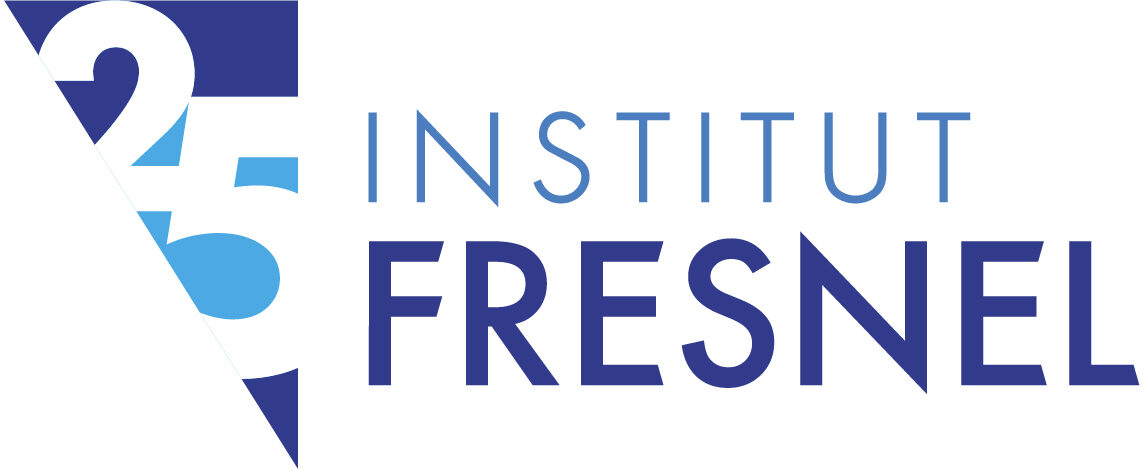Sisira SURESH will defend her PhD thesis entitled Impulsive stimulated Raman scattering imaging using ultra-fast acoustic-optic delay lines on wednesday, December 18 at 01:30 p.m. in Ponte Amphitheater on Campus St Jérôme, Marseille. The presentation will be in English, and so will be the slides.
List of the Jury members :
– Arnauld MUSSOT : Professor, Université de Lille
– Manuel JOFFRE : Professor, École Polytechnique, Paris
– Nicolas FORGET : Director de recherche, Institut de Physique de Nice
– Sophie BRASSELET : Director de recherche, CNRS, Institut Fresnel
– Hervé RIGNEAULT : Director de recherche, CNRS, Institut Fresnel
– Samuel MÉTAIS : Maître de conférences, Centrale Méditerranée, Institut Fresnel
Abstract : The field of imaging has seen remarkable progress, driven by advances in light ma-nipulation and detection. Modern microscopy offers unprecedented resolution and chemical specificity, enabling detailed observation of specimens through various con-trast mechanisms. These methods, including both optical and non-optical techniques, have evolved to allow for imaging of live cells without the need for staining, while chemical sensitivity remains a key factor in identifying the composition of a sample.
Among the techniques that have emerged to enhance chemical sensitivity, infrared spectroscopy was an early innovation. However, its limitations—particularly regard-ing water absorption—prompted the search for alternative methods. A significant development came with the discovery of Raman scattering, which has been adapted from a simple spectroscopic tool to an advanced imaging technique. Coherent Raman Scattering (CRS) improved upon the limitations of spontaneous Raman scattering by employing more efficient vibrational excitation processes. However, CRS is con-strained by its inability to detect vibrations in certain low-frequency ranges and its inefficiency in exciting multiple vibrational modes, prompting the exploration of new techniques to overcome these challenges.
This thesis focuses on Impulsive Stimulated Raman Scattering (ISRS), a pump-probe technique that overcomes the limitations of CRS. By using a time-domain approach, we will demonstrate how ISRS excites molecular vibrations with short pump pulses, allowing for more information to be gathered in the spectral domain in a single acquisition. This is achieved by studying all the modes excited by the bandwidth of the pump pulse, resulting in a transient refractive index that can then be analyzed with a probe pulse that gets modulated as it travels through the medium. A simple Fourier transform of this modulation yields broadband spectra.
By employing acousto-optic devices, particularly Acousto-Optic Programmable Dispersive Filters (AOPDF) and an Agile Delay Line (ADL) for pulse shaping and delay control, this work achieves video-rate hyperspectral imaging at a rate of 7 Hz, with a pixel dwell time of 25 µs depending on the delay line used. We will demonstrate how we improved imaging speed by transitioning to a homebuilt ’Scanimage’ imaging system. Additionally, we enhanced the detection limit by incorporating a broadband laser source with better pulse control and improved spectral resolution through longer delay scans. The experimental setup combines broadband lasers, acousto-optic delay lines, and fast data acquisition, optimizing ISRS for both high- and low-frequency Raman regions. Imaging pharmaceutical and liquid samples demonstrates improved speed and resolution.
We will also report a mode of ’selective detection’ of samples in this thesis by control-ling the delay of the probe sampling. This is made possible by using the ADL, which provides the flexibility to sample at a specific delay.
These advancements in ISRS enable precise, real-time chemical imaging, with ap-plications in fields such as pharmaceuticals and biomedicine. This research pushes the limits of Raman spectroscopy, setting the stage for future developments in hyper-spectral imaging.

